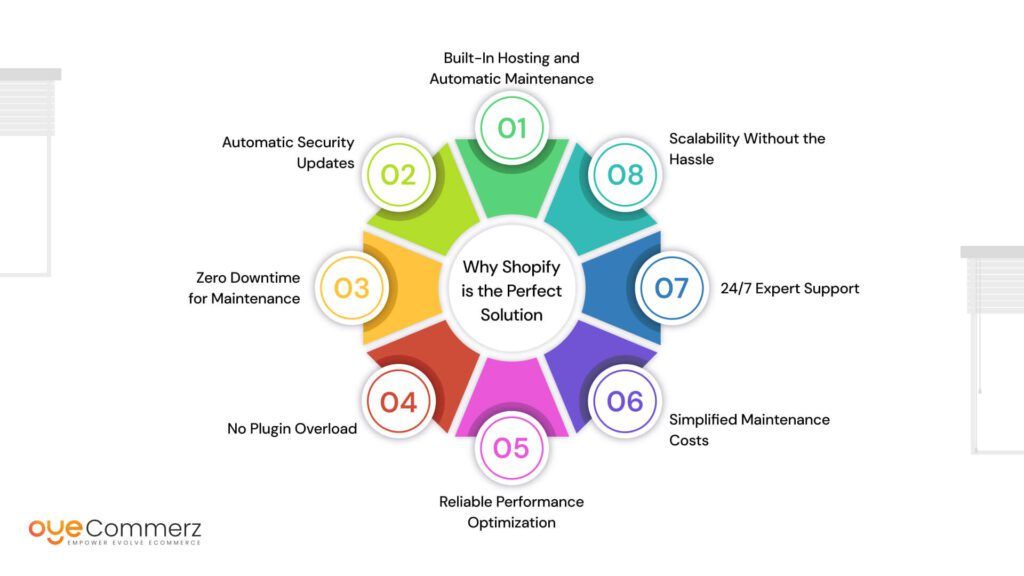In the constantly changing sphere of eCommerce, picking the optimal solution is vital for your business's success. If you’re currently using WP and planning a migration to an alternative, you’re not the only one. Countless businesses are shifting to take advantage of Shopify’s powerful features, ease of use, and scalability. This guide will walk you through the process of migrating from WP to this platform effortlessly, making sure that you unlock your online retail potential.
Why Transition from WordPress to this platform?
Ahead of starting the migration procedure, it’s essential to realize why this transition can be helpful for your eCommerce business:
Accessible Tools: Shopify features an straightforward dashboard that simplifies store handling, enabling for non-technical users.
Growth Potential: As your business develops, Shopify can handle increased visitors and transactions without affecting efficiency.
Integrated Features: Shopify provides integrated resources for search engine optimization, analytics, payment handling, and additional functionalities, reducing the requirement for several plugins.
Enhanced Security: With Shopify, you benefit from advanced security measures that secure confidential customer data.
Steps for a Smooth Migration
Migrating your digital shop from WordPress to Shopify includes multiple actions.
Here’s the way to ensure a hassle-free transition:
Plan Your Migration Approach
Begin by outlining your migration blueprint. Identify which components of your current site you plan to migrate, such as:
Inventory information
Client data
Order history
Articles
Choose the Appropriate Migration Package
Considering your needs, choose a migration package that aligns with your business. Migration experts offers several options:
Starter Package: Ideal for compact stores with minimal products.
Mid-Tier Plan: Recommended for medium-sized Shopify for online entrepreneurs businesses with moderate requirements.
Comprehensive Solution: Excellent for high-volume stores needing broad customization.
Secure Your Information
Ahead of initiating the migration, make sure that you have a comprehensive backup of your WP site. This task is essential in situations where anything goes wrong during the migration.
Extract Your Content from WP
Use tools or alternative solutions to transfer critical content from your WP site:
Inventory
Customers
Orders
Articles
Upload Information into Shopify
Once you have your content retrieved, employ Shopify’s built-in features or third-party apps to migrate your information into your Shopify store. Ensure that all content is accurately organized and placed.
Customize Your Shopify Store
After importing content, tailor your Shopify site’s theme to reflect with your brand identity. Look into working with a designer if you require detailed customization.
Set Up TransactionOptions and Logistics
Configure transaction methods and logistics options in Shopify to facilitate a user-friendly transaction experience for customers.
Implement SEO Best Practices
To preserve your SEO performance during the migration:
Implement 301 link updates from existing URLs to migrated ones.
Revise metadata.
Adjust visual content and copy for SEO.
Test Your New Store
Before publishing, extensively review your migrated site. Identify any discrepancies, transaction errors, or incomplete files.
Go Live Your Platform
Once everything is in place, it’s time to publish! Share the change Shopify migration cost overview to your customers and invite them to discover the enhanced offerings of your Shopify store.
Post-Migration Guidance
Following publishing your updated store, regular assistance is essential. Explore partnering with professionals who can assist with:
Troubleshooting
Customer engagement
Improvement strategies
Conclusion
Migrating from WordPress to this platform can be a game-changing decision for your digital business. By following this guide and working with tools like those offered by OyeCommerz, you can ensure a smooth transition that boosts your digital storefront. Adapt to the shift and discover the advantages of Shopify today!
